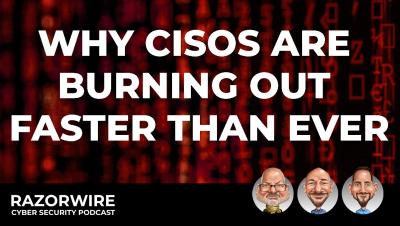Day in the Life of a CISO: A Vendor Breach: Assessing Our Exposure
It’s 10:47 PM, and I’m halfway through binge-watching the latest must-see series when my phone buzzes. A notification from SecurityScorecard has my attention instantly: one of our critical vendors has just reported a breach. I hit pause, grab my laptop, and dive straight in. As much as I’d love to ignore it for a few hours, cyber risks don’t come with snooze buttons. Before panic sets in, I’m logging into the SecurityScorecard platform.











